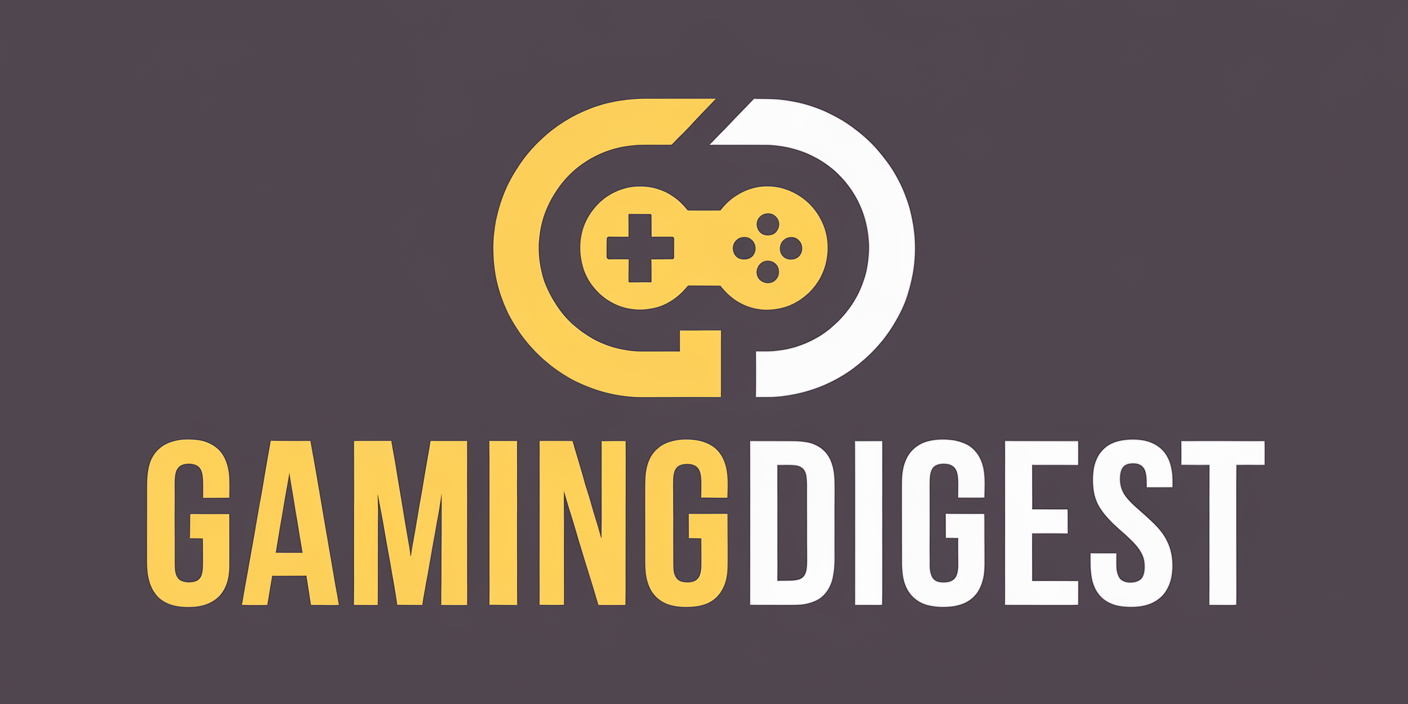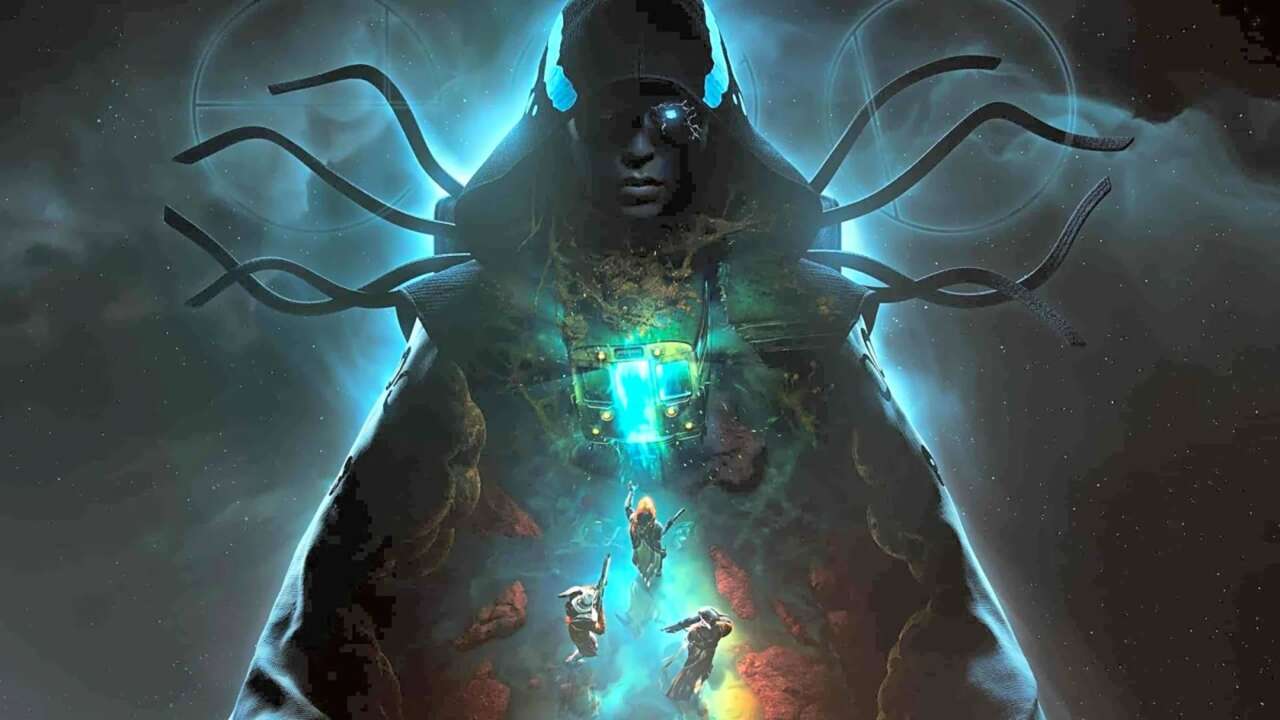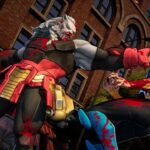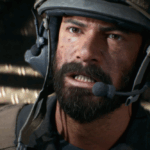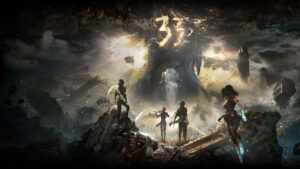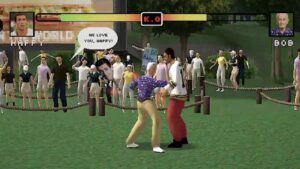Bungie had a lot to prove going into Destiny 2: The Edge of Fate. After a year marred by shock layoffs, the delay of its upcoming shooter, Marathon, following poor player feedback during betas, and less-than-favorable views about Destiny’s monetization system, all eyes were on the studio to see where it would take its most beloved franchise next. 2024’s Destiny 2 expansion, The Final Shape, was one of the series’ most successful. It beautifully and coherently tied up a decade’s worth of story, culminating in a tense and exciting battle against the biggest, baddest Big Bad that the universe had ever seen: The Witness.
Naturally, following such a satisfying and full-circle conclusion, Destiny players were concerned about what a new saga would look like. The seasonal content that followed The Final Shape was lacklustre at best, with major character deaths thrown in seemingly for the shock factor rather than meaningfully contributing to the narrative. As a result, player numbers plummeted to some of the lowest that Destiny 2 has ever seen. Bungie’s best-in-class narrative team seemed to be floundering, so when I jumped into The Edge of Fate, I was skeptical, to say the least. I need not have worried. Well, not for the narrative aspect, anyway. From a gameplay perspective, there are a lot of concerning stumbles.
The 14-mission campaign is monotonous, at best. While Bungie has completely reworked the armor and gear systems–more on that later–the best aspects of it are locked behind the now-trademark Destiny 2 grind. With your power level reset and the weapons in your Vault effectively powerless, Bungie claimed this was to put everyone on an even footing ahead of the new saga, but in reality it feels like years of work and thousands of hours of grinding for the best weapons was a pointless endeavour.
The Edge of Fate’s setting, a planet called Kepler, falls short in almost every way, too. Pathways are too long and convoluted, there are barely any fast-travel points, and its bland palette of green, blue, yellow, and gray is barely even eye-catching–it certainly doesn’t rival the stunning vistas of The Pale Heart or Europa. New mechanics that see you shapeshift, teleport, and manipulate the environment are forced upon you at every possible step, leading them to become frustrating and monotonous rather than interesting new ways to traverse the world. Kepler is supposedly our first foray outside of the Sol system, where the rest of Destiny has been set. I was expecting beautiful new environments, structures to marvel at, and the alien-like feeling to be at its strongest here. Instead, I’m faced with grates and buildings that I’ve seen a thousand times before set among a bland and uninteresting rocky environment. Oh, there are huge, yellow, wart-like plants everywhere–does that count for the alien checkbox?
The Edge of Fate, most importantly, does not pick up where The Final Shape left off. The mediocre seasonal content, although frankly very boring, is almost essential to follow if you want to understand what’s going on in the newest expansion. This renders Bungie’s claim that The Edge of Fate is a perfect spot for newcomers to the franchise to pick up Destiny 2 for the first time entirely untrue. It is far better now for new players than it has been in many years, but it still requires a small amount of homework before you can dive in. And I don’t want homework in my video games.
If you’ve managed to keep up with the preceding narrative content, The Edge of Fate does manage to successfully and intricately launch a new saga–one that sees you face unknown enemies, and unravels stories only ever lightly hinted at before now. There’s a new antagonist to contend with, and a mysterious godlike alien collective called The Nine, who are somehow the most terrifying beings in the universe now, claiming that they manufactured all preceding events for a greater purpose. Lodi, who we’re introduced to for the first time in The Edge of Fate, serves as a vessel to remind you of historic events as well as setting the pace for ones yet to come. The first few hours of the main campaign are weak and fail to make an impact as various characters infodump and you’re forced to use mechanics like Matterspark–which sees you turn into a tiny ball–to traverse from one area to another for no apparent reason. Those introductory hours of The Edge of Fate took me a solid day to get through because I just did not care.
However, persevering through them gave way to a story that’s actually far better than I was expecting, considering the fact that I wasn’t invested in Lodi, his past, or anything he had to say about how different Dark Matter is to The Darkness. After a short while though, he becomes a genuinely interesting character wrestling with his own confusion and inner struggle, especially considering his time-traveling history. He also provides context and gives an unexpected background to one of Destiny’s most recognizable and impactful characters, which moved me almost to tears. Sure, at times the references to established lore could bewilder or alienate new players due to there simply not being the time to fully explain them, but for longstanding fans, they’re a welcome nod to Destiny’s history and help to explain exactly what Lodi has seen on his adventures so far. Overall, Bungie’s narrative team continues to impress me, and I was surprised how invested I was in the new saga by the end of the main campaign’s story. As an aside, there is almost no point in completing the campaign’s Legendary difficulty now that Bungie has done away with the exciting, shiny chest with a guaranteed new Exotic in it as a reward. Just get it done on Brave and be done with it–there are plenty of other ways to power grind now.
The Edge of Fate is far from the worst expansion that has been released during Destiny 2’s tenure, but as the direct successor to 2024’s phenomenal The Final Shape, it falls short
That power grind has always been a point of contention among Destiny players. Removing the power grind disincentivized players from logging on weekly to complete the time-locked activities that would guarantee higher-power gear, but adding too much of a power grind overwhelmed new players and made the system confusing and convoluted. While the entire gear and armor system has now been reworked, and the Portal has been introduced to make it easier to see which activities will promise high-level gear, I fear it’s still overwhelming and confusing for less-experienced players. The Portal only has a small selection of activities on it, meaning you still need to navigate to the Director to find specific activities to complete. Having said that, the clear labelling and new systems to identify how good your weapons or gear actually are have proven very useful so far. The introduction of armor sets, which provide a bonus for wearing two or four items from the same set, is a welcome one, although the small handful of currently available bonuses needs expanding throughout the year ahead before it’s worth spending significant amounts of time hunting down specific armor.
One of the aspects that Bungie focused on promoting ahead of The Edge of Fate’s launch was the new location abilities. Exclusive to Kepler, three new abilities are required to progress through the campaign, traverse the planet, and unlock secrets and mysteries. Matterspark is the aforementioned orb-transforming ability that feels frustrating due to the sudden lack of a satisfying camera perspective, while Mattermorph allows you to shift certain elements in the world to open up new paths, and the Relocator creates pathways through lasers or other impassable obstacles to allow you to teleport elsewhere. Occasionally, they are used in a satisfying puzzle sequence in order to progress through the main campaign, but more often they interrupt the flow of combat in a staccato manner, forcing you to refrain from engaging with a boss whose shield must be brought down by using these abilities. The most irritating thing about these new abilities is that they’re activated by specific nodes or objects that can sometimes be difficult to locate. I spent more of my time seeking those areas out than I did solving the actual puzzles, meaning the complexity of them leaves a lot to be desired. It feels like Bungie yelling, “Hey, look what I can do,” before it thinks about whether it actually should be doing that. It certainly is not a good reaction to criticisms that Destiny 2 just relies on its excellent gunplay to drag it through.
Where Destiny 2 had retained my attention in its former years had been its enemy design, but in recent years Bungie has begun to reuse enemy designs, or straight-up resurrect long-deceased foes for another chance to fight them in a slightly different narrative setting. The enemies and bosses on Kepler are not memorable. There’s a giant Servitor guarded by lots of angry Shanks, there are hundreds of thousands of Fallen and Vex that I’ve encountered countless times before, and I can’t even remember the name of the boss that I faced in the story’s final encounter. There are a couple of new enemies, including the Corsair who annoyingly dive bomb and launch rockets at you, as well as a swarm of smaller Vex enemies who disintegrate into seeking Arc projectiles upon death, but there’s so little time spent facing them that they’re not impactful. I managed nothing more than a passing, “Huh, new enemy,” before moving past them. They’re not comparable to the introduction of enemies like the Tormentors from 2023’s Lightfall, who physically grab you and lift you, helpless, into the air.
If you mainline the campaign’s story and get that finished–which takes around 10 hours or so–a first glance at the map shows plentiful side quests to get on with afterwards. It gives the illusion that there’s plenty of content to be enjoyed when you’re finished with the main narrative, but that would be an inaccurate impression. What seems to be a plethora of interesting side quests soon unfolds to show its true colors–a series of uninteresting fetch quests where you’ll be sent to scan an environment or collect an item before hearing some radio chatter about what you’re looking at.
Some of the more interesting content to complete after the campaign is the expansion’s six-player raid, this time around called The Desert Perpetual. You’ll face off against Maya Sundaresh’s Vex, the same ones you’ve been pummeling with bullets throughout the campaign. The Desert Perpetual allows you to choose the encounters you want to complete, making it the first ever non-linear raid Bungie has ever created. There are a lot of familiar mechanics, including shooting things in a specific order, timing jumps between your fireteam perfectly, and jumping through hoops to deposit items to extend a timer. There are four bosses, each of which presents just the right amount of challenge for a solid team of players. If you’ve been playing Destiny for a while, you’ll struggle but still find The Desert Perpetual a fair experience. The Nine-adjacent environments are a welcome nod to the future of this new saga, but they still reuse assets and visuals that we’ve seen around the Sol system in years gone by. It’s a surprise, although a welcome one, that you’re not forced to use any of the new location-specific abilities that were mandatory throughout the campaign. Still, it’s a fun raid–not the best Bungie has created but certainly not the worst–which feels like a common theme throughout The Edge of Fate.
Gallery
The less-fun post-campaign content comes in the form of seasonal, weekly, or daily challenges that insist you must get a “B” grade or above in specific Portal activities–but completing these requirements doesn’t seem to progress the challenge in some instances, or in others the instructions are so vague that it’s impossible to be sure which activity Bungie wants you to complete. With Power levels reset, it’s down to the Portal to tell you how to grind back up to the maximum strength, and oftentimes that resembles repeating countless Crucible matches in a row or repeating story content from 2021. The hamster wheel of the Destiny grind does appear to be back, and whether that’s for better or worse depends on your own playstyle. I’ve got more than 2,500 hours in Destiny 2 on Steam alone, and that’s not counting other platforms or its predecessor, so at this point I am bored to tears of repeating content that I’ve already been forced to repeat in many historical seasons. I’ve still got lingering bad memories from Season of the Haunted, where I wanted a god roll Calus Mini-Tool so badly that I spent the equivalent of a full-time job’s hours playing the same activity each week until I got one. I can’t get sucked into that routine again. My therapist said so.
Overall, The Edge of Fate is far from the worst expansion that has been released during Destiny 2’s tenure, but as the direct successor to 2024’s phenomenal The Final Shape, it falls short. It reuses old assets, fails to impress with its new environments and mechanics, and the main story seems to stop just as it’s about to get interesting. Of course, that’ll be fleshed out through the year’s updates and seasonal content, but with a distinct lack of anything exciting to do now, I fear I’m on the brink of another involuntary Destiny 2 hiatus.
